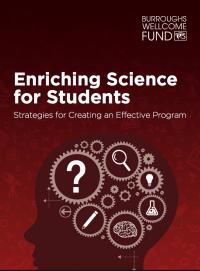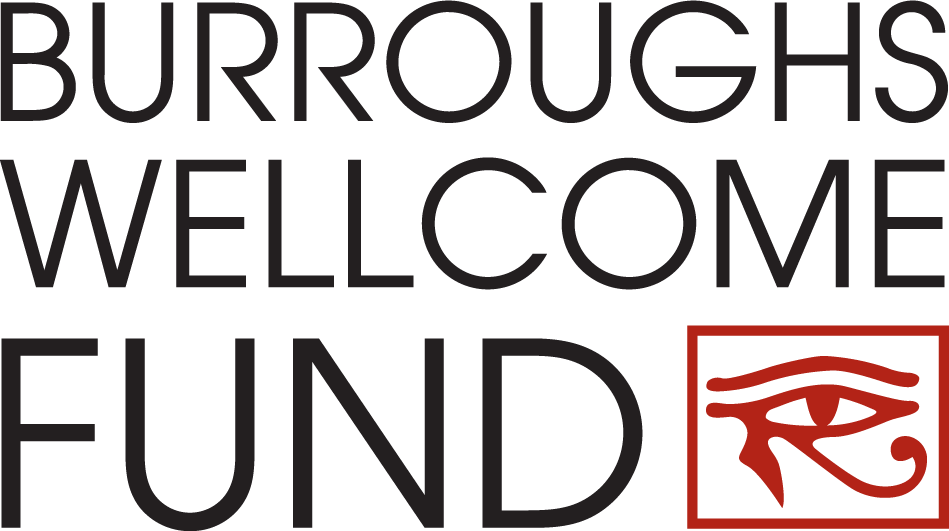
How do schools and other organizations create a successful, informal science education program? Perhaps a program is already in place, but there’s a need or a desire to add a science element. Or, maybe your institution or organization is planning an outreach program, playing to its strength in environmental, robotics, computational, or genetics instruction.
For nearly two decades, the Burroughs Wellcome Fund has helped informal science education programs across North Carolina become successful and now BWF has published a guide to tell you how.
Through its Student Science Enrichment Program awards, BWF has reached nearly 37,000 students across North Carolina. Programs are offered year-round or throughout the academic year during after-school, Saturday academies, holidays, or summer camps.
In 2009, 72 percent of student participants reported they were more interested in learning science after completing a science enrichment program. Many participants—88 percent—stated they would refer a program to their friends. Having students share their experiences with peers is an important marketing tool to recruit new participants.
BWF created this guide to help answer questions individuals at organizations may have in applying for the SSEP grant. We also hope new and existing out-of-school time programs may use this guide as a resource in determining how to integrate STEM education activities into their programs.
We interviewed several of our veteran program leaders, culling advice to learn from their experiences. We also recommend reading the National Research Council’s Surrounded by Science: Learning Science in Informal Environments by Marilyn Fenichel and Heidi Schweingruber, Ph.D., for a detailed look at how learning takes place outside of the traditional classroom.
SSEP awards support career-oriented and practical programs that provide creative science enrichment activities for K-12 students who demonstrate exceptional skills, an interest in science and mathematics, and those with high potential. These programs must present hands-on scientific activities and inquiry-based avenues of exploration—an educational approach BWF believes to be effective in increasing students’ understanding and appreciation of the scientific process. In the National Research Council’s How Students Learn Science in the Classroom, the authors found programs must place an emphasis on helping students develop familiarity with a discipline’s concepts, theories, and models; an understanding of how knowledge is generated and justified; and an ability to use these understandings to engage in new inquiry. To increase academic achievement, programs offer a well-defined structure that aligns with the school-day curriculum, well-trained staff, parent involvement, and student follow-up.
Download your free copy of Enriching Science for Students from the link below.
 Guide to Enriching Science for Students
Guide to Enriching Science for Students
